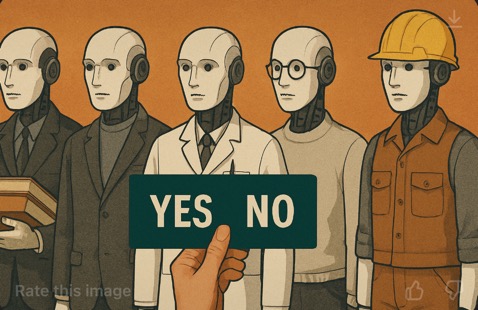Bill Gates made recent headlines by predicting that AI will replace doctors, teachers, and other highly skilled roles within the next decade. In fact, he believes in the next 10 years, humans won’t be needed for most things. He called it the dawn of the “free intelligence” era — a world where access to expert-level medical advice, tutoring, and more becomes universally available, instantly, and at no cost.
It’s a seismic shift. But beneath the buzz, there’s a more grounded reality: AI runs on infrastructure.
To enable this future, network providers will carry the weight of:
- Unprecedented data movement: as AI ingests and interprets billions of inputs in real time.
- Edge computing: to reduce latency and bring AI services closer to end users, whether it’s powering an AI tutor in a rural town or a diagnostic tool in a hospital.
- High-capacity, resilient bandwidth: because downtime isn’t an option when AI is embedded into life-critical services.
Security-first frameworks: to safeguard personal data flowing through AI-powered healthcare and education platforms.
